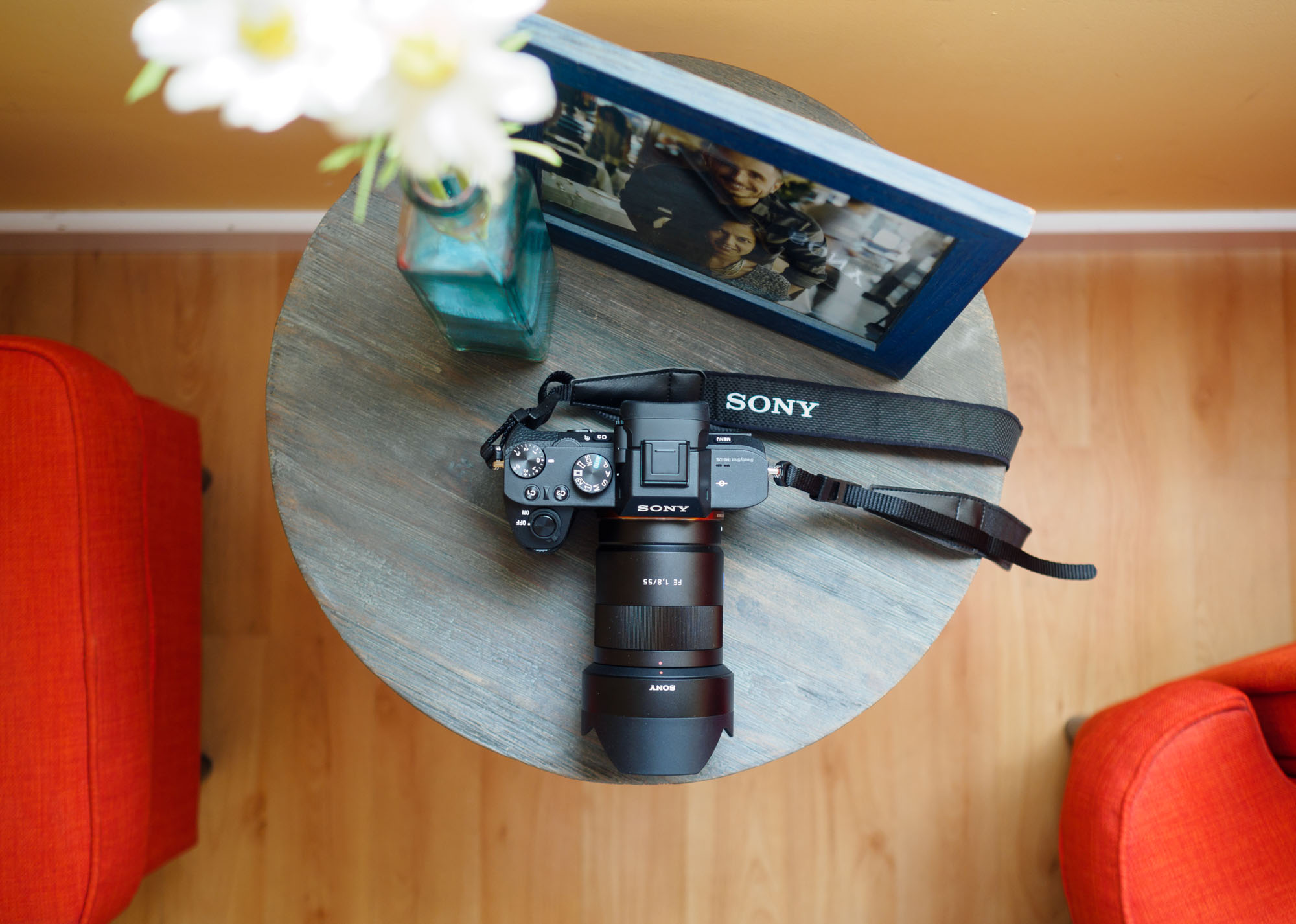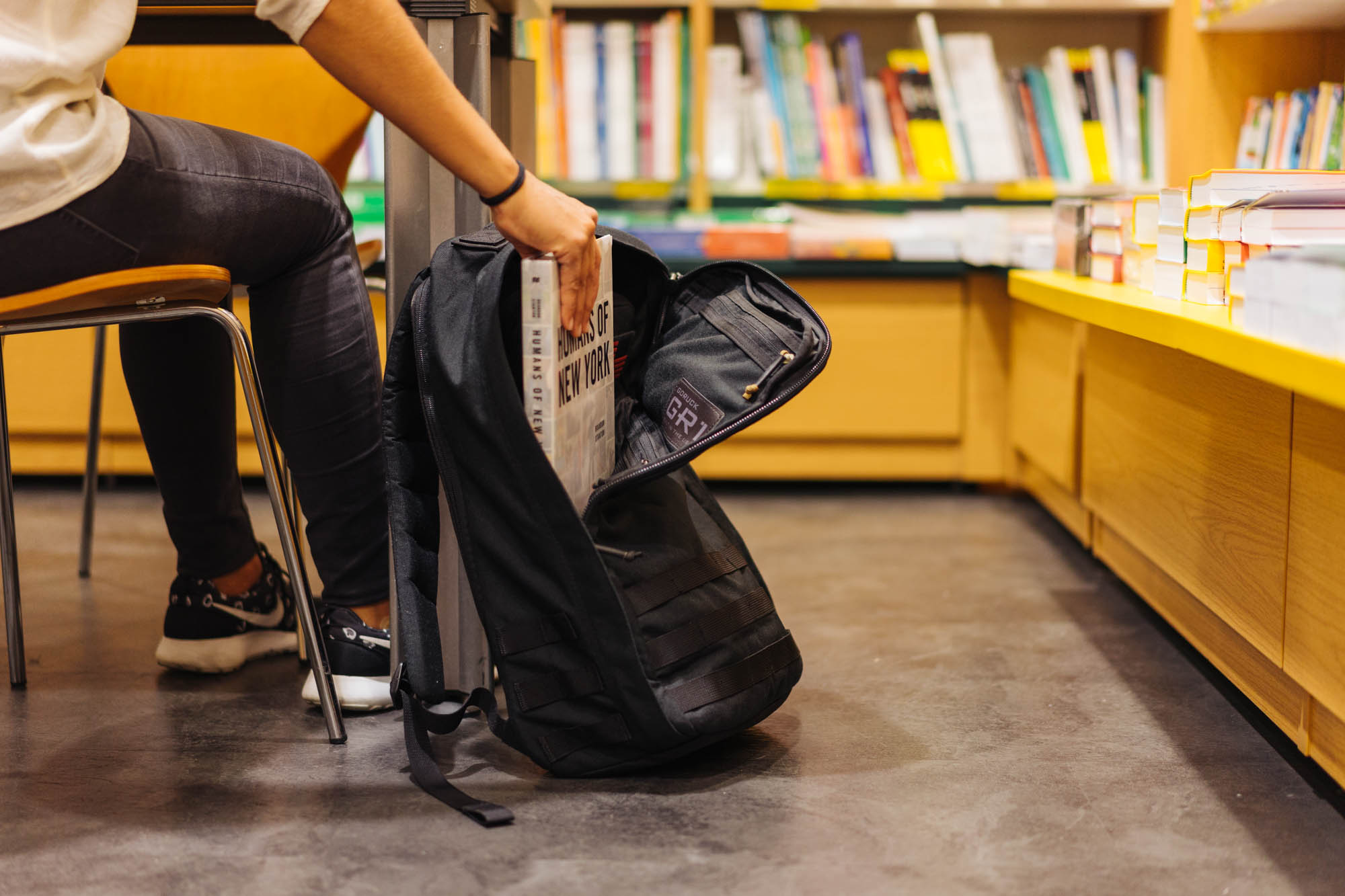This week marks the 20th issue of Morning Coffee. Over the past few months I’ve tweaked the format a little bit but it’s fair to say that, for the most part, Morning Coffee has remained true to its original formula.
I’m now considering making more changes to the format, and maybe even offering it as a newsletter instead, or alongside the existing one. I will continue to think about this over the next couple of weeks, but if you have any comments or suggestions on how to improve Morning Coffee, I’d be most interested to know what you think.
Now, let’s move on to some interesting pieces of writing. Enjoy.
Issue #20: Apple accessories, Microsoft lapblets — or is it tabtops? — and one too many lens comparisons
This week’s selection turned out quite a bit a bit nerdier than usual. That comes as a result of the tech industry’s natural pace — reviews for new products tend to appear all within just a few days of each other — but was also caused by my own work, and the sort of research I dive into when writing a review.
This time around, my research has me knee-deep in lens comparison pieces, and so it was only natural that a few of them would make it into this issue. Other than that, Apple and Microsoft have been busy lately and as a result, so have been Apple and Microsoft writers. Finally, there are also a few pieces on Analytics, Mac Pros, Filed Notes, James Bond, and the difference between farther and further. See? Nerdy. I told you.
If you’re ready to move further — but not farther — grab your favorite beverage, and let’s get started.
♢
Magic Keyboard review | Rene Ritchie →
Rene Ritchie reviewed all of the new “Magic” Apple accessories over the week. His reviews were not only insightful and interesting to read, as usual, but they were chock-full of cool pictures showing the new accessories in the best possible light.
If you enjoyed this one, don’t forget to also check out Rene’s reviews of the Magic Mouse 2, and the Magic Trackpad 2. Good stuff.
♤
Why I bought a ginormous iPhone | Aleen Simms →
Nice pro-Plus argument from Aleen Simms:
Pockets were also not much of a consideration. When the bigger phones were announced last fall, I was concerned that the iPhone 6 would be too big to fit comfortably in my front jeans pocket, where my cell phones have lived since the early 2000s. As it turns out, I was right. It didn’t take long before I mostly abandoned my front pocket and started carrying my phone either in my hand or back pocket, removing it when I sat down. My phone only goes in a bag when I’m making my way through airport security.
Sometimes I forget that both of these iPhones are pretty big, certainly bigger than my beloved iPhone 5S. For many people, the 4.7-inch iPhone 6S is already too big to comfortably fit in their front pockets, which means the extra benefits of the 6S Plus come with almost no extra penalty in terms of convenience.
Once you have to carry your phone in some other pocket, or in a bag, it doesn’t really matter which model you own. For those people — and I may very well be one of them — the iPhone 6S Plus definitely seems like the one that would provide the most value.
♧
Racking Mac Pros | IMGIX staff →
Terrific — and super nerdy — story on how IMGIX managed to rack-mount several of the new, cylindrical Mac Pros in order to use them as image rendering servers:
The R2 design consists of a metal chassis which houses four Mac Pros in a horizontal, sideways orientation with separate hot and cold air compartments. This chassis allows us to mount Mac Pros as we would any other server: on rails, in a rectangular enclosure, and with front and rear port access. The chassis itself is completely passive (although it could be adapted for fans in poorly ventilated sites). Each system within the chassis operates independently of the others.
Honestly, I doubt all this trouble was worth it, other than for the PR value. In terms of actual raw processing power, surely there must be a more efficient — not to mention cheaper — way to build something powerful enough for their needs.
♡
Surface Pro 4 review: The tablet that still doesn’t quite replace your laptop | Peter Bright →
Solid review by Peter Bright. The Surface has matured into a nice product, and it’s easy to see why some people would prefer it to an iPad. That said, I believe this pressure to be the device that has to replace your laptop is keeping it from realizing its true potential.
If Microsoft embraced what the Surface actually is — an excellent tablet computer that’s making some wrong compromises — they’d have a much better shot at creating a hit.
♢
Microsoft Surface Book and Surface Pro 4 review: New hope for Windows hardware | Joanna Stern →
Another interesting and mostly positive take on Microsoft’s latest hardware announcements:
It’s not that simple, though. The Surface Book is a laptop, but it moonlights as a tablet with its detachable 13.5-inch touchscreen. And then there’s the new Surface Pro 4, a tablet that can pretend to be a laptop—if you buy its much-improved keyboard dock.
That may sound like a riddle, but at least it’s one that will eventually solve itself. Both new Surface PCs point to a future where we have fewer gadgets that do more. For now, there are a couple of distinct (and sometimes painful) sacrifices you must make for combining the tablet and the laptop.
The Surface Book and the Surface Pro are two sides of the same coin for Microsoft. In my opinion, they’d be much better off letting each device embrace its own category: let the Surface Book be a great laptop, and the Surface Pro be a great tablet. This sort of middle-ground approach may please some people, but it will delight no one.
♤
Death to Analytics | Ben Brooks →
Great piece by Ben Brooks:
That stress of only reaching 20 people, or the even worse stress of reaching thousands of people. Knowing how many people read your site will effect what you say, and what you write about. You’ll hold back because your audience is too large, or not edit enough because you audience is too small.
But if you don’t know the size of your audience great things can happen.
This is so true. Self-censorship is a very real problem when you’re too concerned about the way your own audience will perceive your work. It’s ironic, because it’s getting the whole thing backwards: your audience follows you because they like your work, not the other way around. We shouldn’t write trying to please an audience, but instead produce genuine work we love, and let the right audience find it.
To that end, turning Analytics off could very well work, although it may not be enough. After all, there are other ways to be aware of the size of your audience — Twitter followers, for one. You’d probably need to live a hermit-like online life to remain oblivious to all the metrics, but that would be missing the point.
Turning Analytics off is making a statement, and a promise to yourself. Keeping that promise, of course, is then up to you.
♧
Daniel Craig on James Bond | Rüdiger Sturm →
This is a great interview with Daniel Craig, shortly before the release of the next film in the Bond franchise: SPECTRE. What I found most interesting from the exchange is just how detached Craig seems to be from the role. It’s as though he’s trying to make the point that he’s very much not like Bond, and that there’s nothing particularly admirable about the character in his mind:
But James Bond is one of the most legendary movie heroes of all time. Surely he must have a couple of inspirational personality traits?
Let’s not talk these films up as some kind of life-changing experience. Bond is what Bond does. Bond is very single- minded. He takes his own course. And that’s simple, which is great.
Definitely a weird way to promote a picture, but what do I know. At least he’s honest, I’ll give him that.
♡
Field Notes Colors: Shenandoah | Mike Bates →
Loved this story by Mike Bates. His pictures of the new Color edition of Field Notes notebooks are gorgeous. I have to admit I’m not much of a Field Notes user myself — I prefer classic black Moleskine notebooks — but I do love the autumn season, and Mike captured it in perfect fashion.
♢
A day in Cambridge – Hands-On with the Zeiss Loxia 21mm f/2.8 (Sony E-Mount) | Mathieu Gasquet →
Mathieu took the just-announced Zeiss Loxia 21mm f/2.8 lens out for a spin, and the results were lovely.
♤
ZEISS Batis 1.8/85 and Batis 2/25 1st Look | 3D-Kraft! →
Nice look at the new Zeiss Batis lenses, including some impressive comparisons between the Batis 85mm f/1.8 and the jaw-dropping - and wallet-melting — Otus 85mm f/1.4:
Even though there was not much time for an in-depth look, I am sure, both members of the new Batis family will find friends easily and sell like hot cakes. The Batis 1.8/85 may not have the level of perfection like an Otus 1.4/85 and relies in some situations a bit more on lens correction profiles provided by camera firmware and/or raw processors but taking into account the enormous resolution and processing speed of today’s cameras, this seems like a very well balanced compromise. This allows to provide a professional grade lens in a compact and lightweight form factor including autofocus and optical stabilization with a reasonable price tag.
The Batis 2/25 surprised me with extraordinary sharpness across the whole frame right from open aperture in a compact, lightweight housing. At f/2.0 you may have to correct some vignetting and some minor CAs but these almost disappear already when you stop down one step to f/2.8. Thanks to its wide aperture and short close focus, it provides additional options to play with depth of field and shows a pleasing bokeh not available when using wide angle zoom lenses.
♧
Most adorable 50s | 3D-Kraft! →
Another super-interesting lens comparison by the folks over at 3D-Kraft!. This time they arranged a comparison between some of the best 50mm Full Frame lenses money can buy:
The candidates this time tested on a Sony A7R:
Sigma Art 50mm f/1.4 DG HSM (Nikon mount version)
Zeiss FE Sonnar T* 55mm f/1.8
Leica Summilux-M 50mm f/1.4 ASPH
Zeiss Otus Apo Distagon T* 55mm f/1.4
As pricewise the Sigma Art 50/1.4 and the Zeiss FE 1.8/55 are closest to each other, this test focuses mainly on a direct comparison between these lenses but some aspects are compared in similar settings with the Summilux and the Otus as well.
I came across this piece while doing some research for my upcoming review of the Sony Zeiss FE Sonnar T* 55mm f/1.8 lens, and couldn’t help but read the entire article in one sitting. Really great comparison, with lots of impressive pictures to go with it.
♡
Further and farther: A theory | Caleb Crain →
Allow me to leave you with this wonderfully intricate and ultra-nerdy explanation of the difference between two of the most commonly misused words in the English language:
A mathematician might say that further is referring to the increase of a vector, and farther to the increase of a distance. To say it in English rather than in math: farther refers to a greater distance, literal or metaphorical, from a shared measuring point. Further refers to a greater progress in a shared direction.
Not quite clear on it yet? Let’s try an example:
If John was able to carry the Holy Grail only a hundred yards into a primeval forest before expiring, and Mary buckled on her armor and picked up the Grail where it lay, her intent would have to be to carry the Grail further, not farther. In fact, it’s possible for her to carry it further even if she doesn’t carry for as great a distance as John carried it.
Got it? Good. Glad we cleared that up.
♢
Afterword
This week I finally got to try one of the greatest home entertainment experiences ever. To those living in the US this will come as a shock, but we only just got Netflix here in Spain. The company started offering the service a mere four days ago, and I signed up for it on Thursday.
In the couple of days I’ve had to use it so far, I have to say I’m really, really impressed. The implementation on the Apple TV is flawless, and the recommendations are great. I am yet to experience any playback issues whatsoever, and the HD quality is stunning.
I was also particularly impressed with how, whenever I switch devices, Netflix keeps track of what I was watching, and even preserves my language and subtitle preferences when I move over to a new device. That may seem like a small detail, but it makes the entire experience much more cohesive, and enjoyable.
Netflix’s arrival in Spain was long overdue, so this gets a well deserved finally. The first rumors that the company was harboring plans to operate in Spain surfaced in 2012, but some sources claim it was quickly discouraged from doing so by Spain’s unreasonable tax system. Allegedly, due to our infamous tax on digital media, Netflix soon realized they wouldn’t be able to offer the service at a competitive price, and so the whole deal went on hold, until now.
I’m not aware of any special negotiations between Netflix and the government, but I’m definitely glad the company finally decided to move ahead with its plans because the truth is, the streaming landscape in Spain was in sore need of disruption.
♢
In the work department, my review of the Sony Zeiss FE Sonnar T* 55mm f/1.8 lens for Tools & Toys is well underway, and it’s on track to be published on Tuesday.

This has quickly become my favorite lens on the Sony A7 II, partly because I love prime lenses, and partly because it’s just the sharpest lens I’ve ever seen. It also has an incredible bokeh, and handles like a dream in the field.


The Sonnar 55mm wasn’t the first lens I bought, but If I only could have one lens for this camera, it would be this one, without a doubt.

I can’t wait to show you the full review. Until then, thanks for reading, and have a great weekend.
